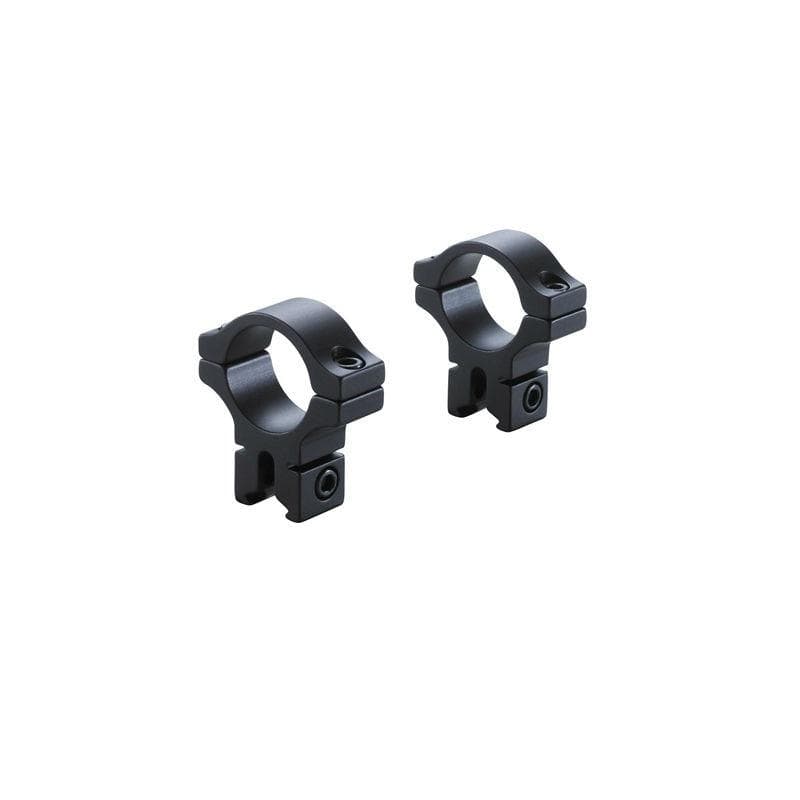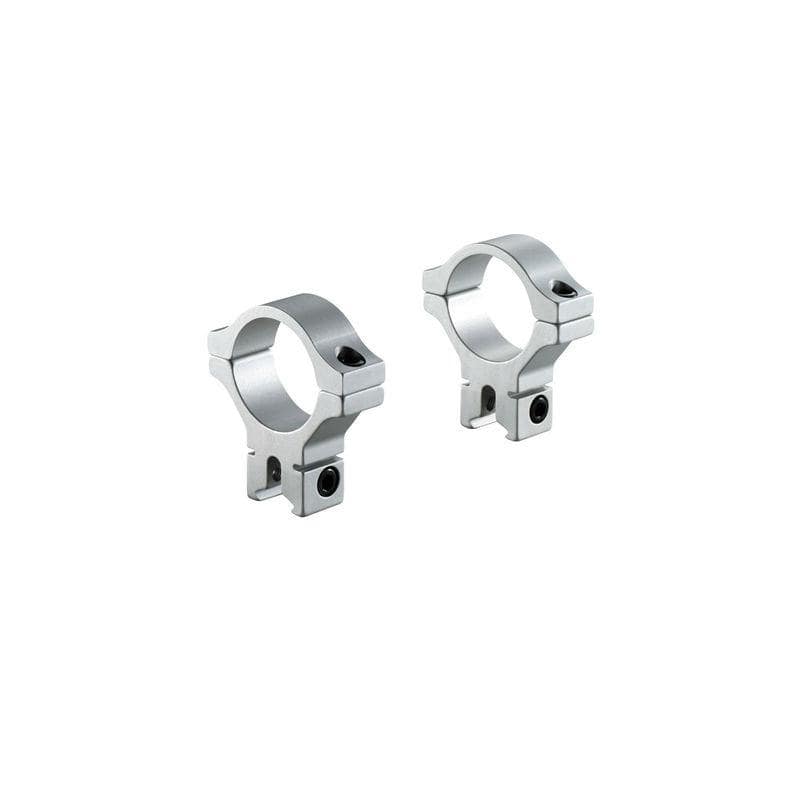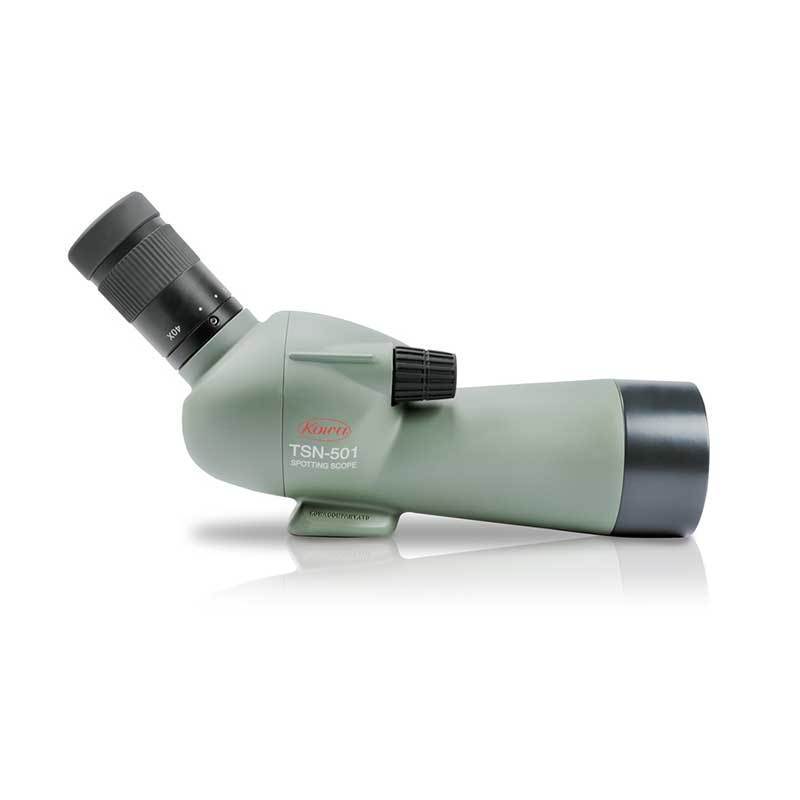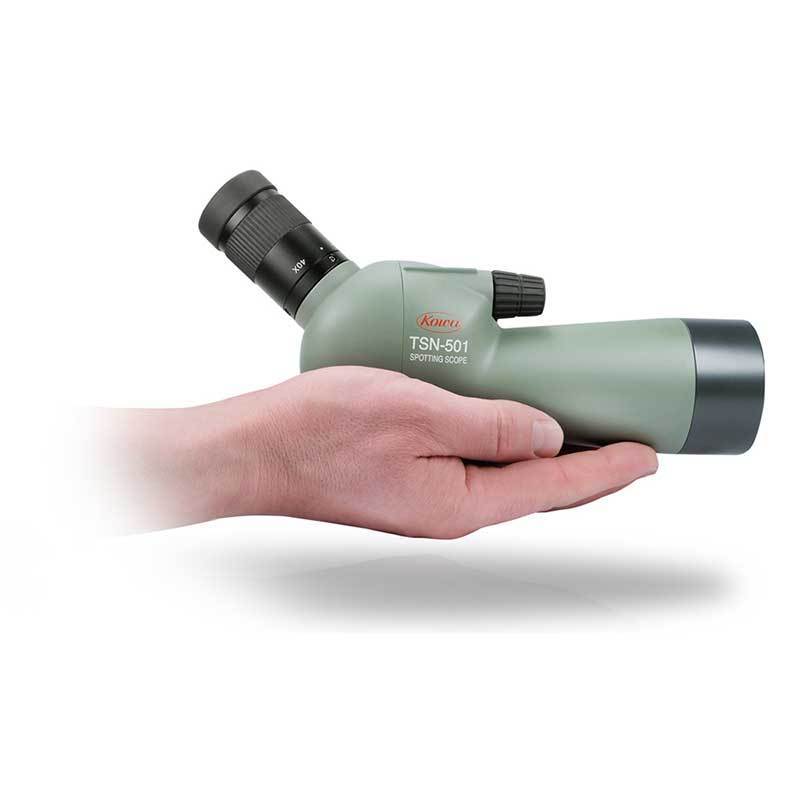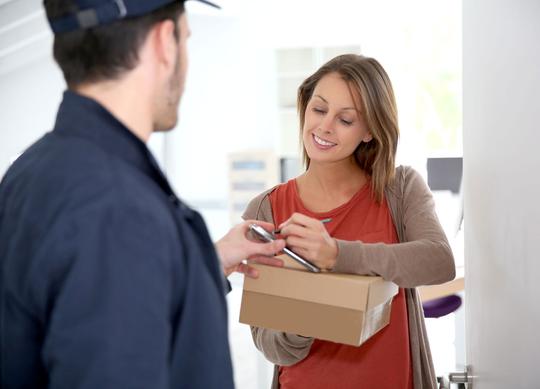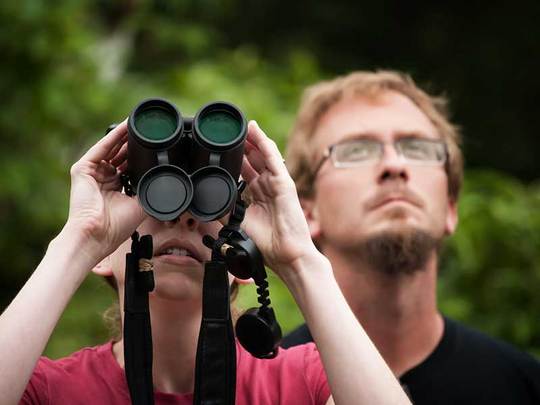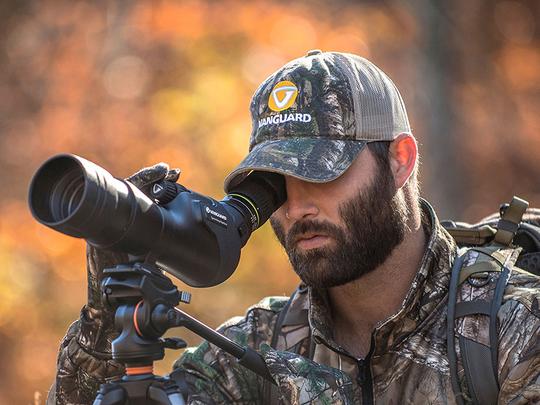Binocular frequently asked questions
Our binocular FAQ's will provide you with the answers to your specific binocular questions and help you to decide which binoculars are best for you. If you are looking for answers to more generic questions about sporting scopes such as binoculars, rifle scopes, spotting scopes and monoculars then you may wish to look at our generic scope FAQ's. Here we explain all the basics such as magnification, lens coatings and more.
If you can't find the answer to your specific binocular question below then why not read our binoculars buyers guide to broaden your understanding of binoculars and help you make an informed decision about the best binoculars for you. And if you have any other questions that we haven't answered on our site then simply contact us and we'll be more than happy to help!
What's the difference between Porro prism and Roof prism binoculars?
Binoculars come in two basic shapes or styles: Roof-prism and porro-prism. Roof-prism binoculars are usually smaller and have a "straight-barrel" light path. Porro-prisms differ in style, with an off-set design that makes the overall design of the binoculars more triangular in shape (see image below courtesy of NikonUSA) . There are very few differences between porro and roof prisms when comparing image quality, but roof-prism designs are generally smaller and often more expensive due to a more complicated manufacturing process.

Left: Porro Prism design. Right: Roof Prism design.
What are the best binoculars for bird watching?
When choosing binoculars for bird watching the most important aspects to consider are magnification, field of view, objective lens diameter and size and weight. Binoculars with a low magnification such as 7x or 8x are ideal for bird watching as they offer a wide field of view which makes it easier to find, aim and stay on moving birds. Lower magnification binoculars also produce brighter images that are not as jumpy as those produced by higher magnification models.
As a binoculars size and weight is closely linked to the size of its objective lens diameter, it is important to weigh up whether you wish to have heavier, larger binoculars that have large objective lens diameter and allow a high degree of light in, or lighter more compact binoculars that produce slightly darker images. This decision will mainly be based on the time of day and location that you wish to use your binoculars in. Many bird watchers opt for a compromise between size and weight and light capturing ability, choosing standard sized binoculars with an objective lens diameter of 42mm. Others opt for the slightly lighter option of binoculars with lenses between 30mm and 32mm. To find out more about choosing binoculars for bird watching, take a look at our bird watching binoculars buyers’ guide.
What size binoculars do I need?
The physical size of a pair of binoculars is dependent on the size of their front, or objective lenses. So instead of asking yourself what size binoculars you need, take some time to consider what size you require your objective lens to be.
The objective lens diameter affects the ability of a pair of binoculars to gather light; that is, the larger the objective lens diameter, the more light a pair of binoculars can gather, and the brighter and more clear an image viewed through those binoculars will be. As you can imagine, as the diameter of the objective lens increases, so too does the actual size of the lens. The larger the lens, the larger the binocular casing needs to be to hold the lenses, thus increasing the overall size of the binoculars.
So if you plan on using your binoculars in low light and require them to gather as much light as possible and you do not mind if they are slightly heavier in weight, then a larger objective lens diameter and in turn larger binoculars may be for you. On the other hand, if your preference is to have binoculars that are easy to transport, then those with a smaller objective lens will be a better match for you. Why not take a look at our binoculars buyers guides to learn more about the appropriate lens sizes for different activities - e.g. bird watching, hunting, astronomy.
How do I take my binoculars apart to clean them?
The simple answer - DON'T!! Many binoculars, spotting scopes, monoculars and riflescopes are filled with a special nitrogen gas to prevent them from fogging, so the last thing you want to do is open them and loosing this special anti-fogging feature. If you're concerned that your binoculars have dirt inside them, contact the professionals to get them cleaned.
Do I need to use a tripod with my binoculars?
Most very powerful binoculars will need to be used with a tripod, otherwise even the smallest of hand movements will make the image too shaky to view properly. This is particularly noticeable if you are using high powered binoculars at night for astronomy, so we would always recommend the use of a tripod if you are using binoculars for celestial viewing.
We'd also suggest the use of a tripod if you are planning on using your binoculars in a stationary location, as this will allow you to choose binoculars that have a higher magnification and larger objective lenses than you would otherwise be able to use if you were holding them by hand.
How do I mount my binoculars to a tripod?
Most standard binoculars will require an additional L shaped tripod adapter to securely mount them on your tripod. If your binoculars have large lenses and are quite heavy and you wish to use them for a prolonged period of time, or they have a high magnification and require stabilising, then we would recommend that you use a tripod to make your viewing experience as comfortable as possible. Tripod adapters can be found in our accessories collection.
What is diopter adjustment on my binoculars?
The diopter adjustment on binoculars allows you to set your binoculars for your specific eye sight. A control nob on one of the binocular eye pieces allows you to change the focus of that eye only to compensate for focusing differences between your eyes.
How do I use the diopter adjustment on my binoculars?
Setting the diopter adjustment for your eyesight is easy. To start, simply set the diopter adjustment to zero. Then cover the front lens of the side that has the diopter adjustment. Next, look through the binoculars and adjust the focus wheel until the image is as clear as possible. Then uncover the objective lens that has the diopter adjustment and cover the opposite one. Look through the binoculars and if the image is not clear, adjust the diopter until the image is clear for that eye.


